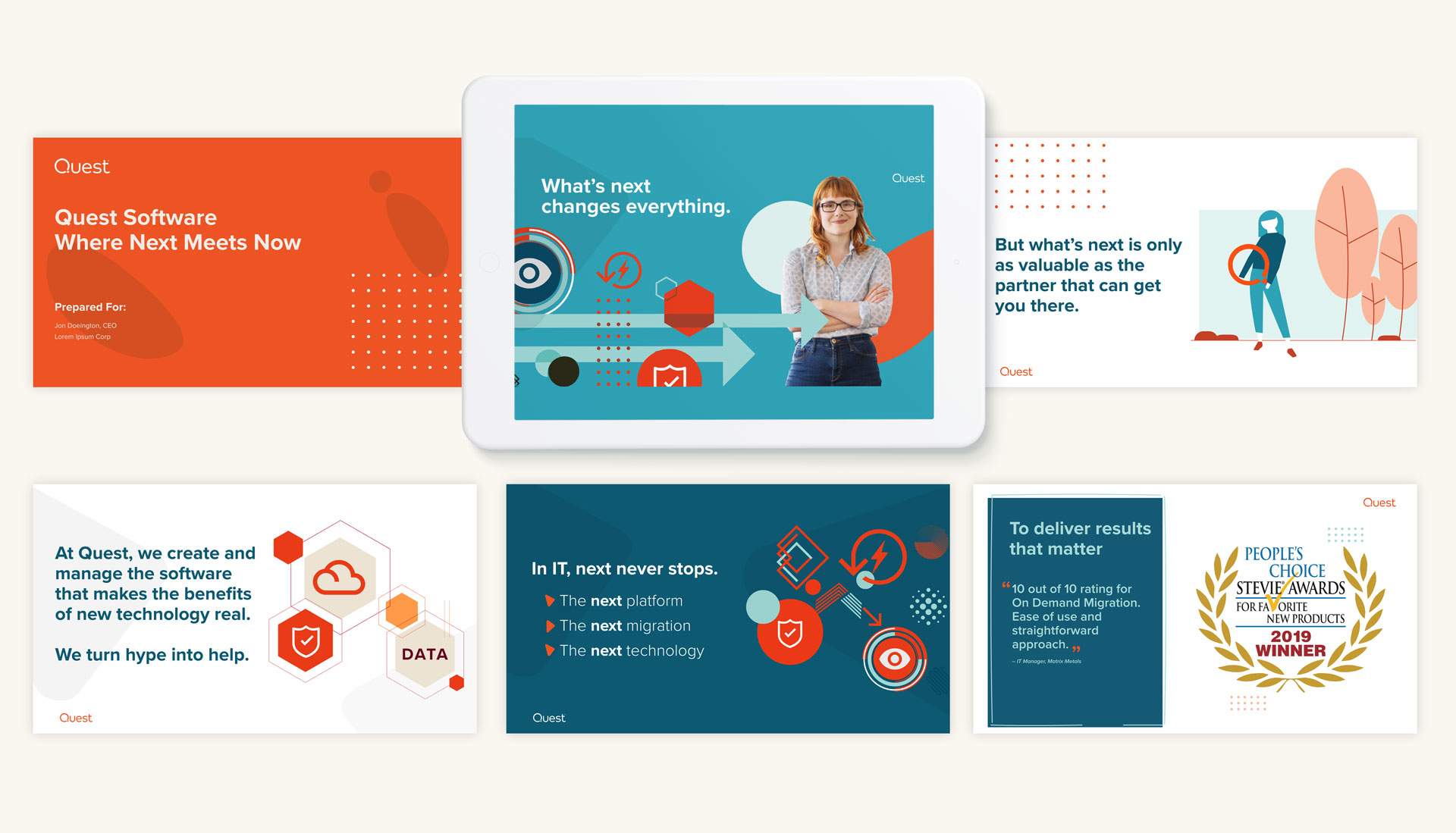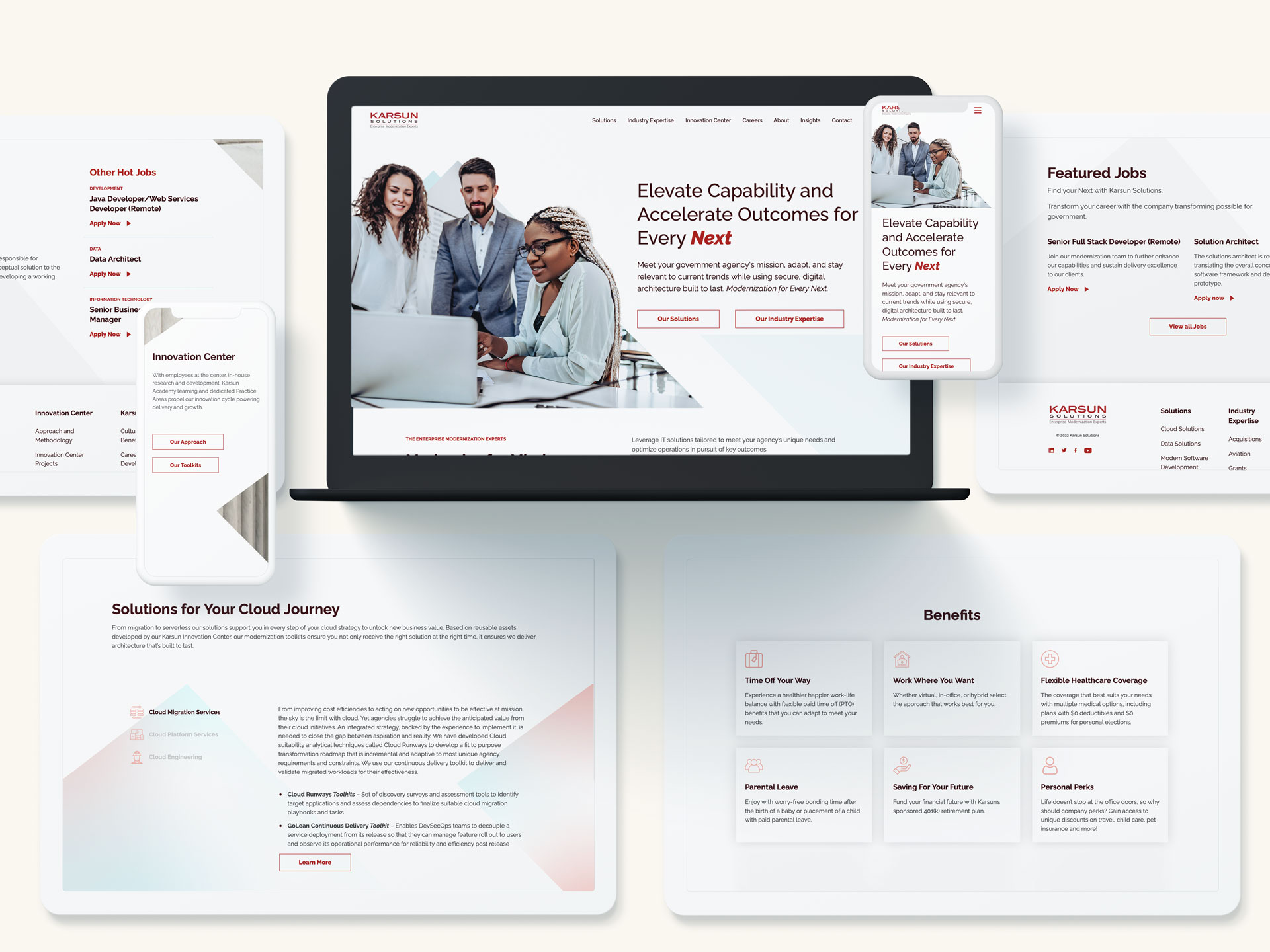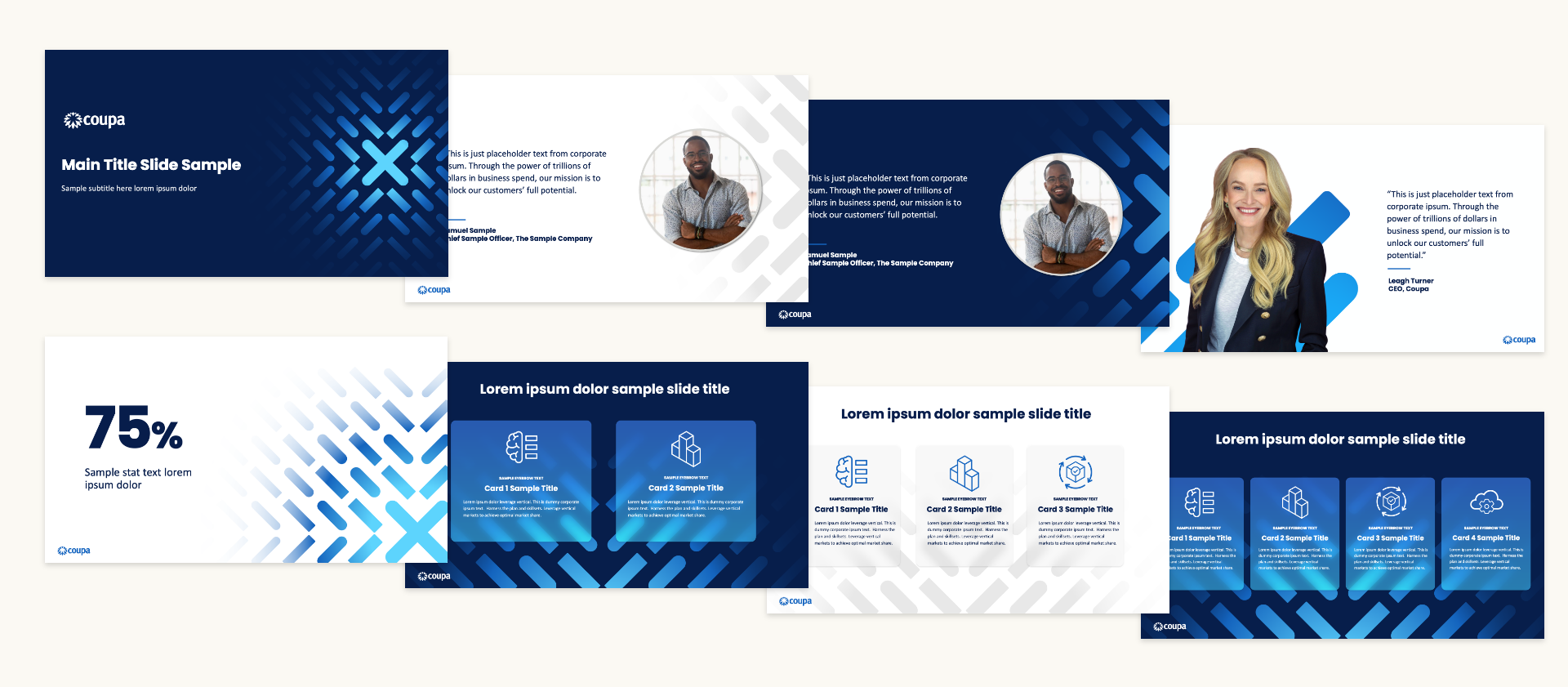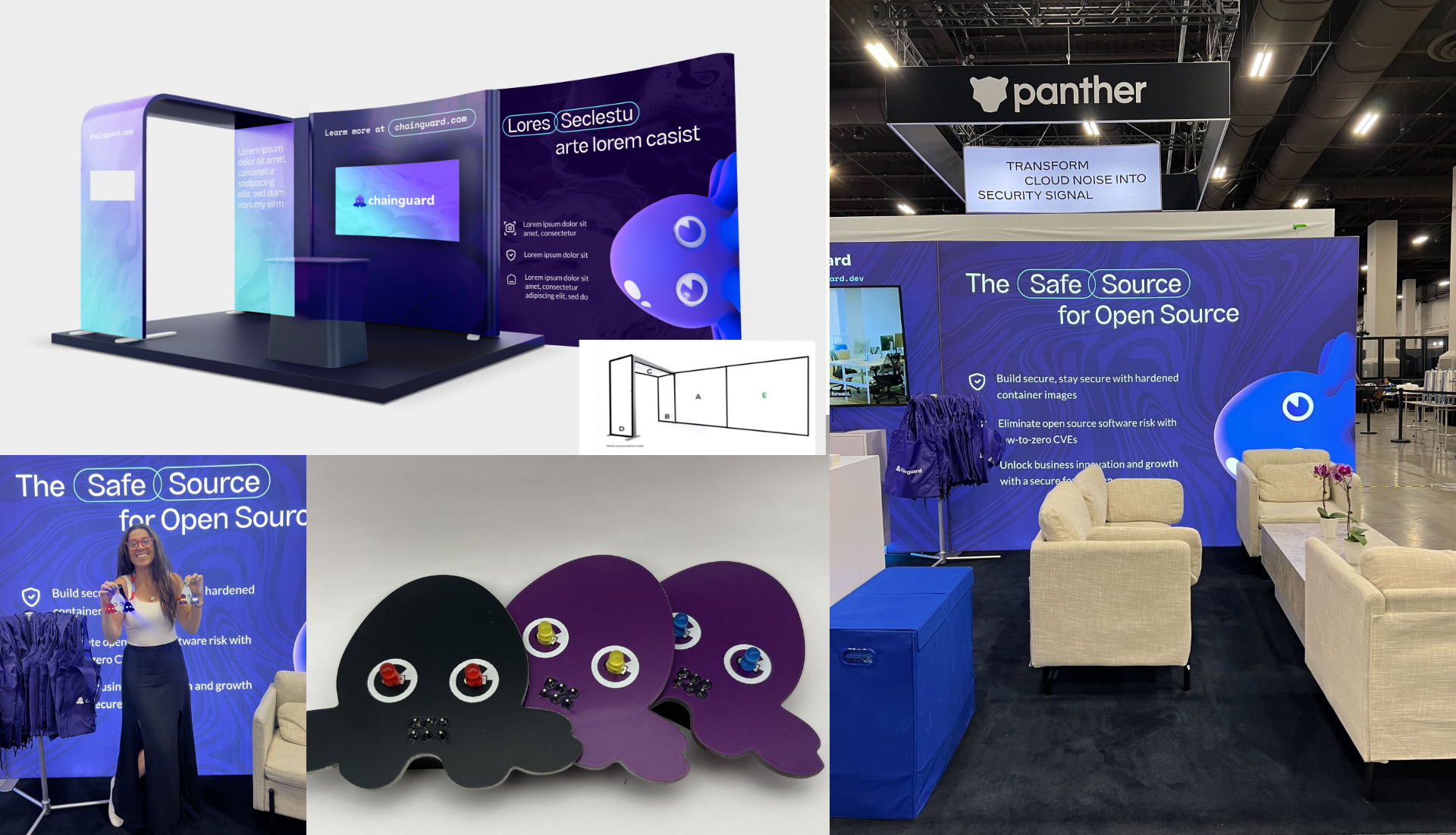A strong corporate brand attracts customers, while a compelling employer brand attracts top talent. But when these two brand identities aren’t aligned, businesses risk confusing their audiences and diluting their message. Creating a unified brand experience ensures consistency for both potential customers and future employees. This blog explores how businesses can effectively integrate corporate and employer branding strategies.
The Intersection of Corporate and Employer Branding
Your corporate and employer brands should complement each other, reinforcing shared values and positioning. Misalignment can lead to:
- Inconsistent Messaging: Conflicting narratives weaken brand perception.
- Reduced Employee Engagement: Employees struggle to connect with the company’s mission.
- Missed Talent Opportunities: A strong employer brand helps attract top candidates.
Defining Your Core Brand Message
To create alignment, start by identifying common themes between your corporate and employer brands:
- Mission & Vision: Ensure both align with your overall business goals.
- Brand Voice & Values: Use consistent language and tone in all communications.
- Key Messaging: Develop unified brand pillars that apply internally and externally.
Employee Advocacy and Internal Branding
Your employees are your brand ambassadors. Strengthen alignment by:
- Encouraging Social Sharing: Empower employees to share company content.
- Providing Brand Training: Educate teams on corporate messaging.
- Creating Internal Campaigns: Develop initiatives that reflect corporate values.
Marketing Your Employer Brand Effectively
A strong employer brand attracts talent while reinforcing corporate identity. Strategies include:
- Enhancing Your Careers Page: Align employer branding with corporate storytelling.
- Leveraging Employee Testimonials: Showcase real employee experiences.
- Using Social Media & Recruitment Campaigns: Ensure consistency across platforms.
Measuring Success: How to Track Brand Alignment
Monitor brand perception through:
- Employer Brand Sentiment: Track employee reviews and engagement.
- Customer Perception Surveys: Assess external brand recognition.
- Recruitment KPIs: Measure application rates and candidate quality.

Final Thoughts
Aligning corporate and employer branding creates a seamless experience for customers and employees alike. A consistent brand message fosters trust, strengthens reputation, and enhances engagement.
Want to refine your brand strategy? Contact Bluetext to create a unified corporate and employer brand that resonates with your audience.
In today’s competitive job market, employer branding has become a critical factor in attracting and retaining top talent. As we enter 2025, the expectations of job seekers continue to evolve, making it essential for companies to refine their employer branding strategies. From a compelling employer value proposition (EVP) to innovative digital engagement, this blog explores the key marketing strategies businesses should implement to stand out as an employer of choice.
Understanding Modern Workforce Expectations
The modern workforce prioritizes more than just salary and benefits. Key factors influencing employer perception include:
- Flexibility: Remote work and hybrid models remain highly desirable.
- Diversity, Equity, and Inclusion (DEI): Job seekers value companies with strong DEI initiatives.
- Purpose-driven work culture: Employees seek organizations that align with their values and offer meaningful work.
- Digital-first hiring experiences: A streamlined, engaging, and mobile-friendly application process is essential.

Key Marketing Strategies for Employer Branding Success
1. Craft an Authentic Employer Value Proposition (EVP)
A strong EVP defines why employees should choose and stay with your company. Focus on unique benefits, career growth opportunities, and company culture to differentiate from competitors.
2. Leverage Social Media and Employee Advocacy
Platforms like LinkedIn, Instagram, and TikTok offer powerful ways to showcase your company culture. Encourage employees to share their experiences, amplifying authentic brand storytelling.
3. Optimize Career Pages and Recruitment Content
Your website’s career page should highlight employee testimonials, workplace benefits, and clear job descriptions. Engaging video content can also enhance employer brand perception.

The Role of Technology in Employer Branding
Innovative technology can further enhance employer branding efforts:
- AI-driven recruitment tools personalize job recommendations and candidate outreach.
- Chatbots and automated scheduling streamline the hiring process.
- Data analytics provide insights into candidate engagement and optimize recruitment strategies.

Final Thoughts
A strong employer brand is no longer optional—it’s essential for attracting and retaining top talent in 2025. Companies must proactively refine their branding efforts to meet evolving workforce expectations and stand out in a competitive hiring landscape.
Looking to strengthen your employer brand and attract top talent? Contact Bluetext today for expert branding and recruitment marketing solutions.
What is a recruitment strategy?
Quality hires are the key to a company’s ability to execute its goals and deliver on its mission. Every company wants the best people and in order to accomplish that, you need a defined and thoughtful recruitment strategy. Similar to your brand or marketing strategy, it leverages channels to your audience to communicate who you are as a company and the value you bring to that specific audience. So often, you see little attention paid to job listings and careers webpages; however these, as well as many others in this digital age, are key touchpoints in a candidate’s decision-making process. Continue reading to learn our tips and tactics for creating an effective recruitment strategy:
Tactics to follow to attract top talent in a competitive recruitment market:
Identify the ideal traits for potential candidates and treat it as a persona exercise
Ask yourself, what is their current job title? What is their educational background? What career benefits and outcomes are they looking for? How can you, as an employer, showcase the ways in which you meet a candidate’s requirements as well as how they meet yours?
Strengthen your brand identity
If the candidate can’t glean who you are, what you do, and what your mission is based on preliminary interactions with your website and marketing materials, they aren’t likely to continue to engage with your company let alone apply for a position. At the top of the funnel, recruitment candidates are not that different from prospective customers – a strong, unified brand presence with clear impactful messaging is key in them taking the next step and applying for your position.
Optimize your job postings for the digital age
There are endless digital tools at your disposal to make your job postings stand out. Unique media ranging from brand videos and video employee testimonials to the implementation of the best brand strategy forms and unique ATS tracking capabilities position your company to put your best foot forward when searching for top talent. We often hear about optimizing content for SEO value, and the same consideration should be paid to crafting a job posting. Your job description and each brand touchpoint along the way including your digital and social media presence are influential in the recruitment process and a candidate’s decision-making.
Participate in events
Engage in events that emphasize your industry standing and expertise. You can talk about your company’s extraordinary capabilities and talent until you are blue in the face, however, you need to find ways to demonstrate it in a setting of industry peers.
Use LinkedIn
Social platforms, especially LinkedIn can be a powerful tool in growing your brand presence as an employer, showcasing accomplishments, and attracting prospective talent. Consistently posting insights from your team, particularly from your company leadership, can go a long way to demonstrate engagement in industry trends and subject-matter expertise. In a much more practical sense, social media is becoming a more and more prominent job search tool across many industries. In the last year, 79% of job seekers have used social media in their job search. This lends itself to a holistic digital recruitment strategy that includes a strong LinkedIn presence with insights and actual job listings being posted consistently as well as a link driving users to your company website where they can find even more relevant information on your careers page.
Create an employee referral program
When searching for new employees, who better than your current employees to identify candidates that will do the job well and be a good fit on the team. Not only does hiring through employee referrals eliminate the need and cost of sourcing candidates through recruiters, it also positions you to find higher quality, longer-term candidates – 45% of employees sourced from employee referrals stay for longer than 4 years, while only 25% of employees sourced through job boards stay for over 2 years.
For more tailored recruiting and brand strategy tips, connect with Bluetext today!